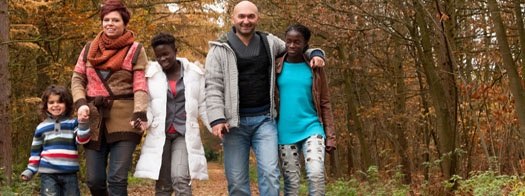
The winds of change blow steadily through the world of social services. Our colleagues in Child and Family Services recently shared with us the dramatic changes that are occurring in foster care and adoption. Attitudes toward adoption, secrecy, parental rights, and post adoption best practices are evolving rapidly, with the mind set of both the parents seeking to adopt and birth mothers who find themselves in need of surrogate parents for their child, changing dramatically.
History
Legal adoption, a revolutionary innovation of the mid-nineteenth century, severed blood ties between birth parents and their children in order for adoptive parents to create a legal tie. Adoption law and social policies were implemented to imitate biological families so that the child could be absorbed into an adoptive family without undue notice. Sex out of wedlock was unacceptable, especially if you “got yourself pregnant”, so birth mothers were told they did not deserve their children and often were not even allowed to see their newborn infants. Original fathers were seen as irrelevant, and birth parents were told it was their moral duty to terminate parental rights and never see their child again. It was a common practice to keep the fact that a child was adopted secret, especially from the child. Many of today’s adoption-related laws, policies, and practices, created decades ago, are still in effect but no longer fit today’s adoption realities.
The Winds of Change
Our colleagues in Child and Family Services report that there has been a shift in the kinds of children needing adoptive families, where those children come from, who their original parents are, the kinds of families that adopt them, and the evidence-based principles now considered best practice for adoption policy.
- There is now a large body of research showing the positive impact of open communication within families about adoption and the workability of ongoing contact among children’s adoptive and biological kin.
- The secrecy surrounding adoption in the past is no longer possible since the Internet has made it easy for people to find each other and maintain contact. As a result, open communication within and between families is upon us, even among those who cling to discredited ideas about the need for secrecy and no contact.
- All members of the circle of adoption need access to competent post adoption services, as we recognize today that adoption is not an event but a lifelong journey.
- It is now best practice to recognize first fathers as important, necessary participants in the pre-adoption process.
- Inter-country adoption is declining precipitously worldwide from 45,000 in 2004 to 19,500 in 2014. This is due to many factors within the countries of origin like China and Russia.
- The majority of domestic adoptions today are of children who have suffered traumatic losses, are no longer infants, are of color, and have special physical, learning, or behavioral health needs.
Where is Adoption Headed?
Complex, diverse, extended family networks of adoptive and biological kin are here to stay. Fortunately, most adopted people, including those born with challenges or who have endured trauma, function well, and the vast majority of adoptive parents are satisfied with their adoptions. (Vandivere, Malm, & Radel, 2009)
We are living in a brave new world that recognizes the positive benefits of adoption for the children, the birth parents, and the adoptive parents. It’s a world that views adoption as a lifelong journey that needs support from the community.
Secrets are lies – they are no foundation for a successful family life.
References
Perlman, A. (2015) Reshaping adoption and child welfare: Progressing from ‘child placement’ to ‘family success.’

